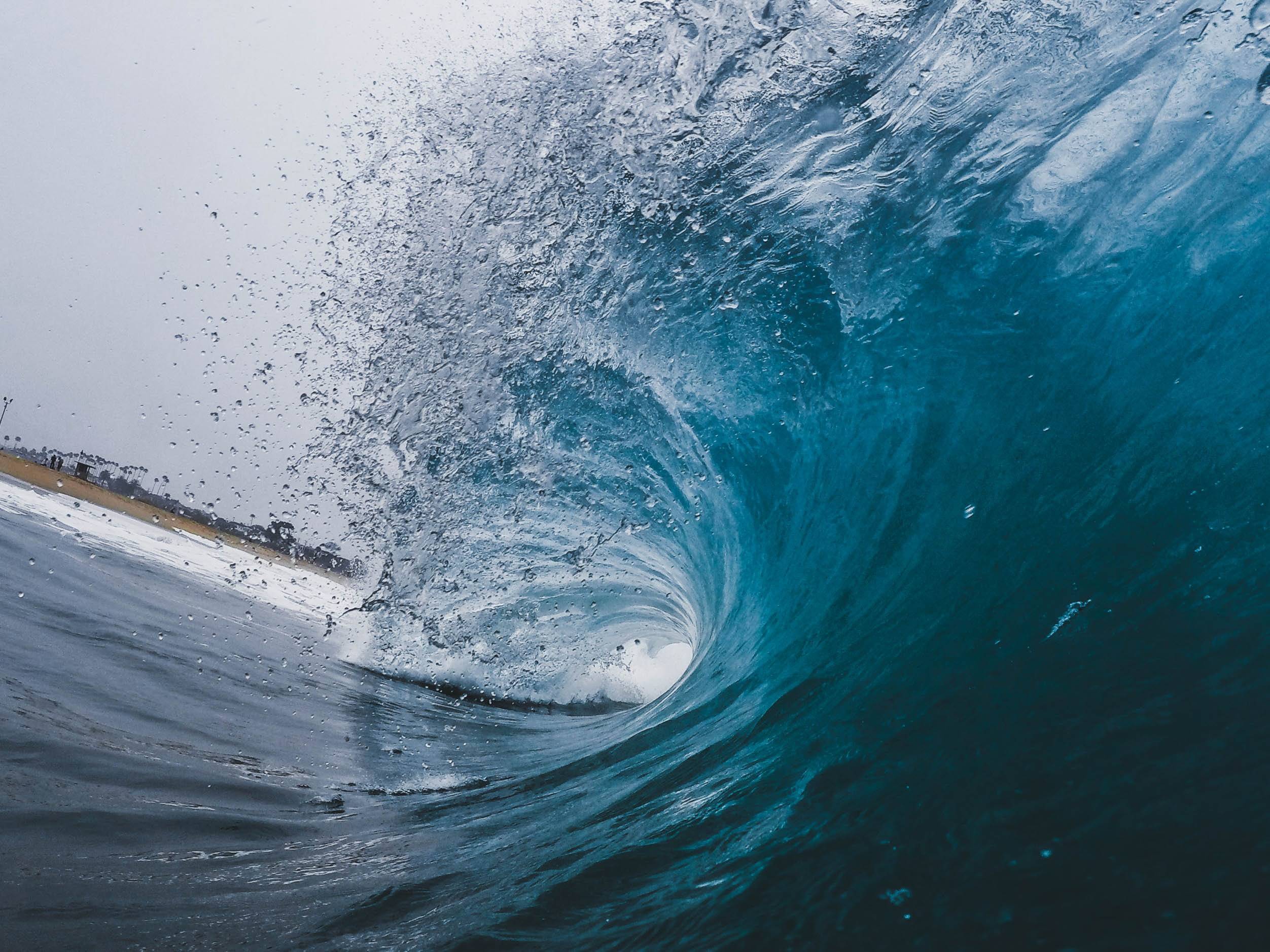Swell is one of the most important factors to consider when planning a surf trip or simply monitoring the ocean conditions. Swell size, direction, and interval all play a significant role in determining the quality of waves that a surfer can expect. Understanding these three key components can help surfers make informed decisions about when and where to surf, as well as enhance their overall surfing experience. In this article, we will explore the fundamentals of swell size, direction, and interval and how they impact wave quality.
For those looking to learn to surf in San Diego, understanding swell size is crucial. Swell refers to the size of the waves and is measured in feet or meters. In general, larger swell size means bigger waves, which can be more challenging for beginners. When checking a surf report, pay attention to both the height and direction of the swell, as well as the wind and tide conditions, to find the best spots for learning to surf in San Diego.
Another important factor to consider when checking the surf report for San Diego is the swell interval length. Swell interval refers to the time between waves and is measured in seconds. A shorter swell interval means more frequent waves, which can be beneficial for beginners looking to practice consistently. However, a longer swell interval can also provide more time to position yourself and catch the wave. When combined with swell size, swell interval can give surfers a better understanding of wave conditions and help them choose the best spots for learning to surf in San Diego.
Along with swell size and interval length, swell direction is another crucial factor to consider when checking the surf report for San Diego. Swell direction refers to the angle from which the swell is approaching the beach and can have a significant impact on wave quality. When swells are coming from a favorable direction, they can produce better, more rideable waves. Surfline.com offers a detailed analysis of swell direction for San Diego and other surf spots, which can help surfers plan their sessions accordingly. By taking into account all these factors, beginners can maximize their chances of having a successful and enjoyable experience learning to surf in San Diego.
Source: Surfline.com’s San Diego Surf Forecast: https://www.surfline.com/surf-forecasts/southern-california/san-diego-county/58581a836630e24c44878d3d
















